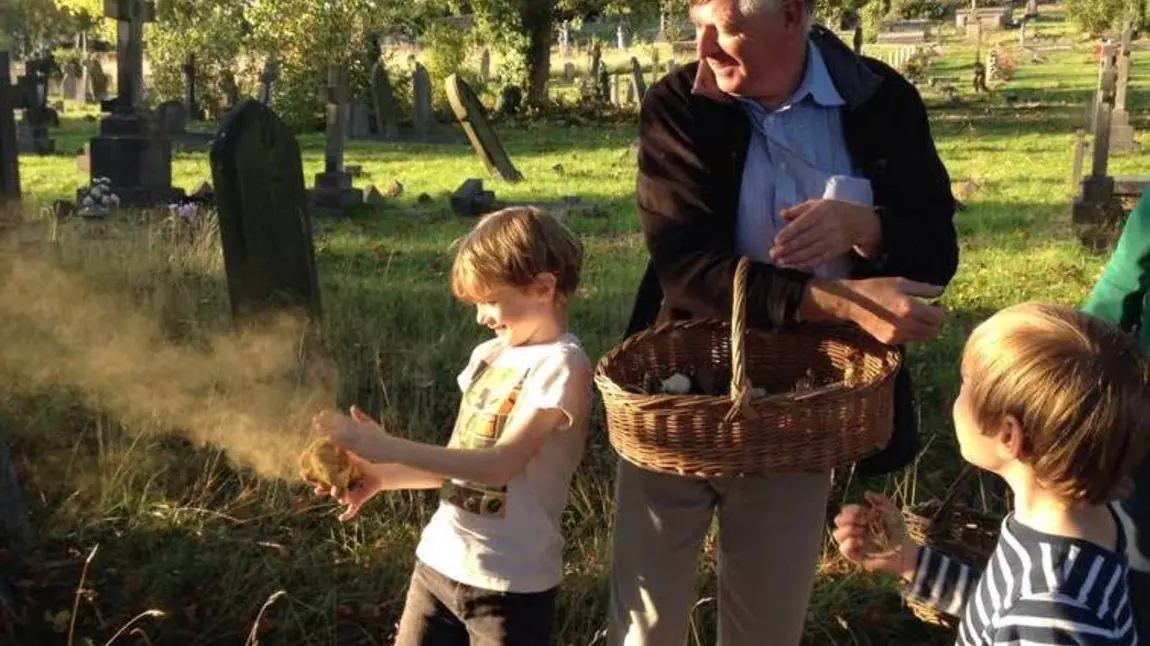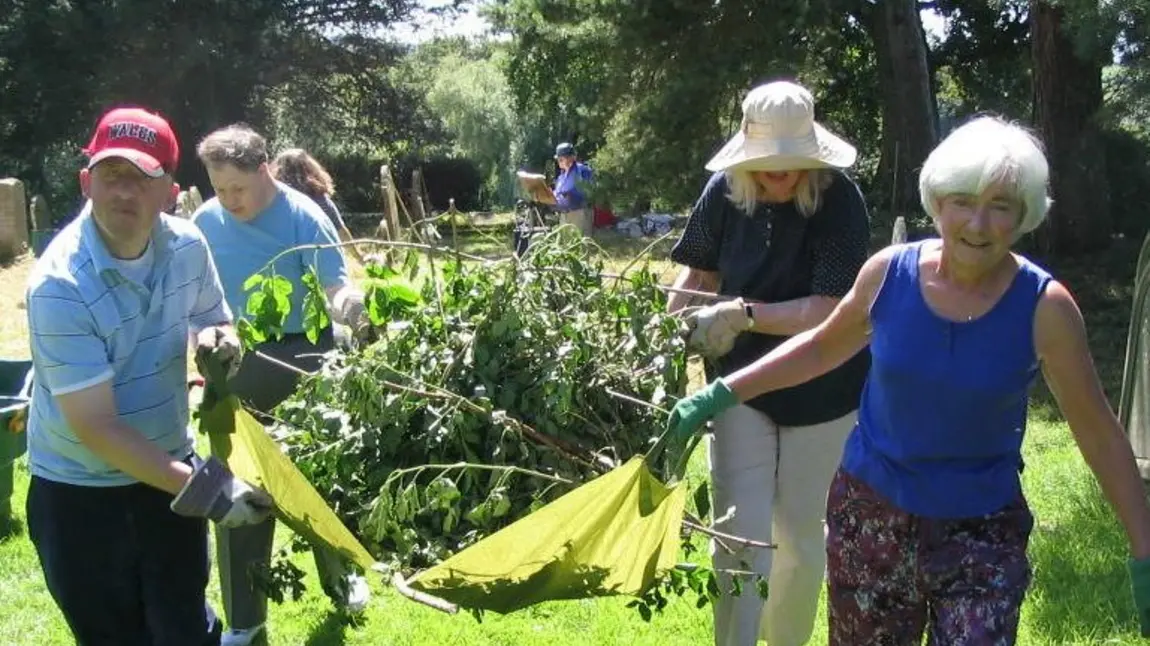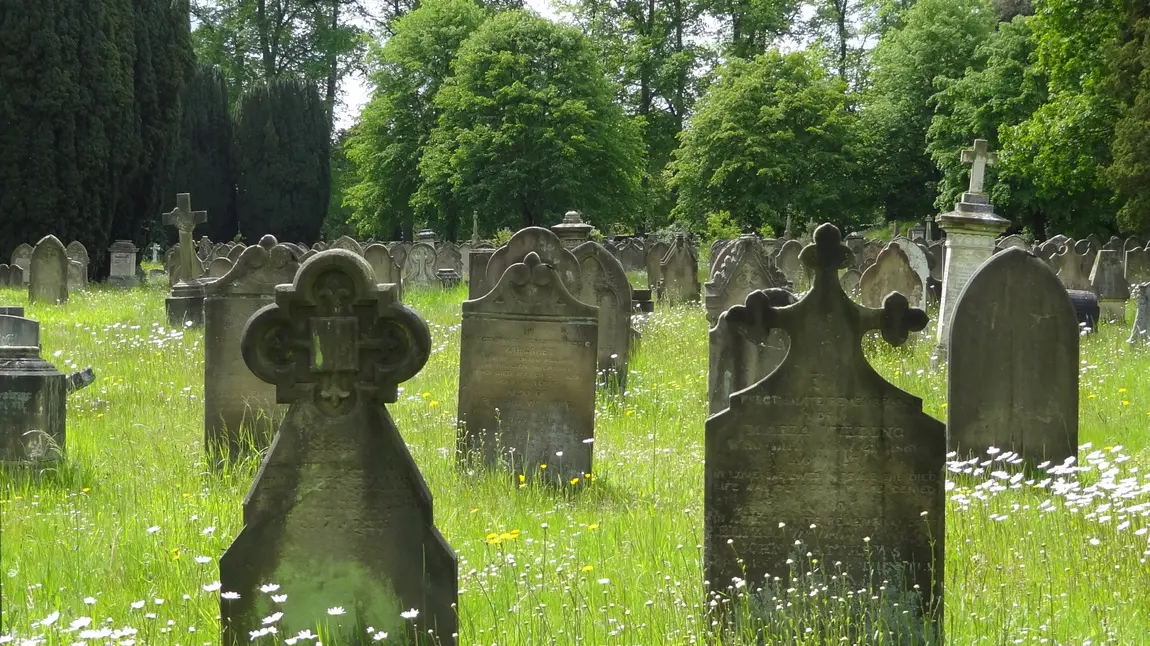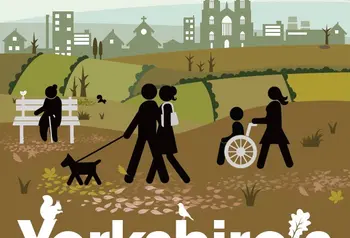Cherishing our churchyards as wildlife havens
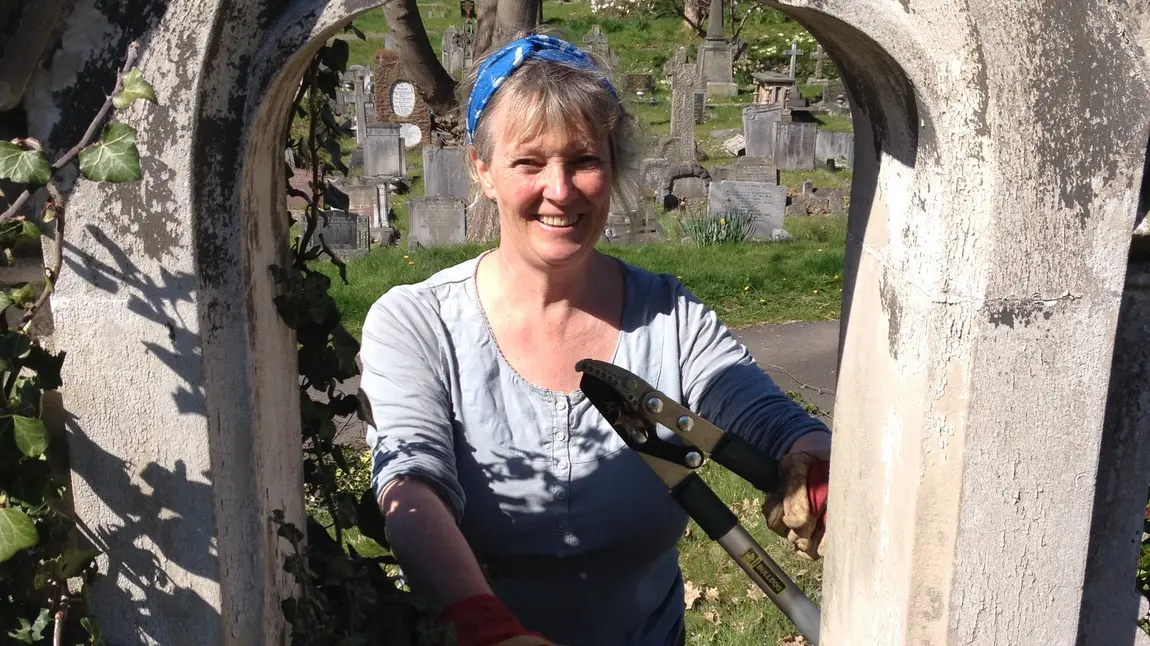
What are your thoughts on entering a burial ground? Death and grieving perhaps? We at Caring for God’s Acre have another view, seeing them as places brimming with wildlife, history, beauty, interest, and as great places to visit. Caring for God’s Acre is a charity dedicated to ‘protecting wildlife, preserving heritage and involving people’. We are active across England and Wales supporting and encouraging people to learn about these fascinating places and to start managing them holistically, with wildlife in mind as well as people.
Why see burial sites as spaces for nature?
As you may imagine, I get asked this a lot! Actually there are lots of good reasons why:
- They’ve been here a really long time. Most churchyards and cemeteries date from well before the widespread losses to our natural heritage occurred, and so are arks for species and habitats going back through the centuries. Some burial sites may have been founded on older pre-Christian sacred sites whilst many younger burial grounds such as the Victorian cemeteries have been in existence for over 100 years
- The management of burial grounds hasn’t really changed over time. Apart from grave digging, burial grounds are undisturbed, timeless sanctuaries where plant and animal populations have increased. Longevity of management is rare elsewhere, and in habitat terms is important
- They occur in just about every town, city and rural parish. Once you start to view burial grounds as wildlife havens it’s really exciting to think how many there are and how they link with other green spaces and corridors. The exact number of burial grounds is not known but is in the order of 20,000
- They are accessible. Not only are they widespread, they also tend to have full public access, insurance and some facilities. This makes them great for visits, events, volunteering and as places for learning, usually within walking distance
Notable natural heritage in burial grounds
Burial grounds have a wide range of plants and animals and there are three features that are really outstanding:
Yew trees
Yews are associated with life, death and immortality and have been planted in burial grounds and holy sites for centuries. As a result, three quarters of the UK's ancient or veteran yews are now found in the churchyards of England and Wales. These are the oldest living things in the UK - many are over 500 with some over 2,000 years old and there is no known limit to how long they can live. Get in touch to find out if you have an ancient yew in your local churchyard.
Lichens
If you are interested in lichens, then look in your local burial ground. Boundary walls, monuments, trees and grassland may all host lichens which may have been growing for hundreds of years. Have a look at them through a magnifying glass; you’ll enter a fascinating miniature world.
Species-rich grassland
This habitat has decreased by about 97% nationally in the last 60 years but is present in many burial grounds, usually unrecognised, undesignated or managed as an important habitat. Let a patch of grass grow long one spring and see what flowers appear. Look out for waxcap fungi in autumn: these are indicative of this type of grassland.
Don’t forget the people
Of course burial grounds are not nature reserves but places of burial and remembrance, and management decisions need to take into account the views and expectations of the local community. People want to be able to use the site, visit graves, read memorial inscriptions and feel that the management and use is appropriate and respectful. Most churchyards and an increasing number of cemeteries are managed by volunteers, be it the local congregation or a Friends group and Caring for God’s Acre is here to support, encourage and inform these volunteers.
Our HLF-supported project
We are now at the end of a four-year project and have been running conferences, producing case studies, up-skilling volunteers and creating online resources to help and support burial ground managers, volunteers and the general public. We have an education pack aimed at primary schools and children’s clubs plus an action pack full of advice and information. Both are available to download in English and Welsh.
You can visit the Caring for God's Acre website to find out more and get in touch.
You might also be interested in...
